1, Black consumers are worth £300 billion
Whilst Black population in the UK makes up 3% of the population, the spending power of Black Britain is estimated at a whopping £300 BILLION and its set to increase steadily.
Mainstream media & advertisers largely ignore ethnic minorities despite possessing a greater economic muscle to the UK economy. It’s suggested the technology has boosted spending with more people purchasing items online than ever before. Black British women have also been documented to spend 6x more on hair products than any other ethnic group.
Black consumers are a valuable market and we have the ability to re-direct this energy to other Black owned businesses building a community with financial stability and generational wealth for future generations. We are organising an exhibition on 30.11.19 to circulate the Black coin and we’re still on the search for Black British owned businesses that’ll be interested in showcasing their items at our exhibition. So if you own or know anyone who may be interested in being involved either as a sponsor & exhibitor please send them our way!
2, Black culture is very influential on the economy and popular culture
The advertising and media industry is one of the most influential sources of information and holds enormous influence on how people from ethnic backgrounds are portrayed. However, the industry fails to document the significant influence ethnic minorities (in particular Black British creators) have on creating popular culture and influencing trends.
Historically, the Black community has displayed an inclination to be forward-thinking and an innovative puzzle of influence and are not sitting on the sidelines, despite not always being credited for doing so. In particular, the birth of music genres like rock n’ roll, rap, grime, R’n’B, activism, fashion and the film industry which show an undeniable influence in the dynamics of our nation’s folklore.
Black culture is being emulated globally due to the globalisation of technology and social media however it is great that Black influencers are (somewhat) controlling the narratives and are doing their part re-telling our stories from un-biased, non-judgemental narratives.
3, For Black British business owners there is no entrepreneurial gender gap
The UK is one of the best places in the world to start and grow a business and Black-owned businesses form one of the fastest growing sectors of the economy accounting for 4% of all firms in the capital. It’s been reported (Sept 2018) that there are approximately 16,000 businesses owned by people of black African and Caribbean descent in London, making up four per cent of all businesses in the capital. However this doesn’t consider online business which could push this figure to 25,000. There are less Black British entrepreneurs in the UK rendering them almost invisible in public consciousness the evolution of social media and technology has allowed both both Male and female Black entrepreneurs/creators to make an impact and solidify our creativity. Mo the comedian, Rhea Ellen are perfect examples of this.
While Black girls outperform Black boys at all levels in education (except university), in entrepreneurship there are no gender gaps with both Black men and women performing at similar levels. It’s also been noted that more Black men and women are moving away from traditional businesses like fashion and beauty to opening health, financial and property businesses. the Black British community has largely been economically deprived however this new generation of entrepreneurs sets to break this mould laying a great foundation for future generations of Black British entrepreneurs.
4, Queen Phillipa of Hainault was the first Black Queen of England
When you consider historical Queens of England, you probably picture sumptuous dresses, ropes of jewels, or chestnut curls and peaches-and-cream complexions. Would it surprise you to know that two queens of England are now considered by some historians and genealogists to have had “black” or Moorish ancestry?
Centuries before Meghan Markle, we had Queen Phillipa of Hainault who was the first mulatto royal in the British royal family. Queen Phillipa (Phillipa de Hainalt in French) was daughter to German count of Hainaut William and was born in 1310. Phillipa became Queen of England following her marriage to King George III in 1328 months following Georg’s accession to the throne. Philippa acted as regent (takeover as ruler of state in absence of monarch) when her husband was away from his kingdom, and she often accompanied him on his expeditions across Europe. Philippa won much popularity with the English after she convinced George to spare the lives of 6 men whom were ordered to be executed showing her kindness and compassion.
How was she Black? – a transcript of a description of Phillipa at age 8 along by Bishop Stapledon of Exeter (who investigated all of the children of William III) made the following notes “The lady whom we saw has not uncomely hair, betwixt blue-black and brown…. Her nose is fairly smooth and even, save that it is somewhat broad at the tip and somewhat flattened, yet it is no snub-nose. Her nostrils are also broad, her mouth fairly wide. Her lips somewhat plump. Moreover, she is brown of skin all over, and much like her father; and in all things she is pleasant enough, as it seems to us”. Phillipa had 13 children and the eldest son was Edward of Woodstock, known as “The Black Prince”. It is usually said that the Prince must have obtained this nickname due to the black armour he wore in battle against the French, however some evidence seems to show that he was referred to as “Le Noir” (the Black/Blackie) from childhood by the French. Perhaps he inherited his mother’s darker complexion?
Philippa also is known to be the “most royal” Queen-Consort of England for her compassion to the English during her reign.
5, Little is being done to document the Black British experience on
Very little is done by mainstream media to accurately document the Black British experience in comparison to our American counterparts. When you search ‘Black experience’ 80% of articles, reference to the African American experience with minimal mention to Black Brits and if there is mention, the work is usually outdated mainly focusing on the baby boomer/windrush generation.
However, the rise in social media usage/technology has paved way for the younger generation to document Black British experiences in a variety of ways and we’d like to take this moment to thank all the platforms and organisations for their hard work.
6, Queen Charlotte was the second Black Queen of England
Princess Sophie Charlotte was born in 1744 and was the second Black Queen of England and the last Queen of America. Charlotte was the eighth child of the Prince of Mirow Charles Louis Frederick, and his wife, Elisabeth Albertina of Saxe-Hildburghausen. As princess of Mecklenburg-Strelitz, Sophie Charlotte was descended directly from an African branch of the Portuguese Royal House, Margarita de Castro y Sousa.
Queen Charlotte birthed 15 children becoming the grandmother to Queen Victoria and great x5 of Prince Harry! She made many contributions to Britain as it is today, though the evidence is not obvious. A statue of a Queen was erected in Bloomsbury Square and it was believed this was of Queen Anne however it soon became common knowledge it was indeed to commemorate Charlotte’s efforts. As an amateur botanist, Queen Charlotte helped to establish Kew Gardens bringing among others the Strelitzia Reginae a flowering plant from South Africa. The Queen who had the first one in her house in 1800 introduced the Christmas tree to England and it was said to be decorated with, ‘sweetmeats, almonds and raisins in papers, fruits and toys. Finally, she setup the Queen Charlotte Maternity Hospital was established in London as a charitable institution making it is the oldest maternity care institution in England. Charlotte (North Carolina) received its name in honour of the then Queen.
In Queen Charlotte’s era slavery was prevalent and the anti-slavery campaign was growing. Portrait painters of the royal family were expected to play down or soften Queen Charlotte’s African features. Painters such as Sir Thomas Lawrence, who painted Queen Charlotte in the autumn of 1789 had their paintings rejected by the royal couple who were not happy with the representations of the likeness of the Queen. These portraits are among those that are available to view now, which could be seen as continuing the political interests of those that disapprove of a multi-racial royal family for Britain. And there you have it: Queen Charlotte the mulatto Queen of England.
7, Black people have been living in England since the Roman times
Archaeological records may differ but there is a common misconception is that Black people arrived in England in the 1950s. Around the 1980’s more serious research began to investigate the Black Presence in England, and countless instances of Black people in England throughout the 16th, 17th, 18th and 19th Centuries but the Black population despite very small goes much further back.
Understanding the presence of Africans in Britain is about going back to before the English are slave traders, before they’ve got major colonies when some Africans weren’t just found in England’s provinces in some rubbed shoulders with the country’s most powerful figures – in the Tudor court. Some of these Africans who inhabited the court include John Blanke, the “blacke trumpeter”, who was employed by Henry VII and Henry VIII from 1506–12 and had a prominent role in the Westminster Tournament celebrations of 1511. By Tudor times, they were present at the royal courts of Henry VII, Henry VIII, Elizabeth I and James I, and in the households of Sir Walter Raleigh and William Cecil.
The fact that Africans were not just living in Tudor parishes but were employed inside the royal court helps us to understand that they were part of the anatomy of that society. In a later age, you get these portraits of Africans sitting sycophantically in the corner looking up at the main character, but they’re not just these domestic playthings for the aristocracy. The book Black Tudors: The Untold Story debunks the idea that slavery was the beginning of Africans’ presence in England, and exploitation and discrimination their only experience. Africans were already known to have been living in Roman Britain and were working regular jobs without being whipped or beaten or put in chains or being bought and sold.
8, Walter Tull was Britain’s first Black footballer and Army officer?
Walter Tull was born in East London to Daniel and Alice Tull who came to Britain in 1876 from Barbados and later became one of the very first Black professional footballers in the UK.
Sadly, Walter became an orphan ages following his mother’s death to cancer and father to heart disease and was an orphanage in Bethnal Green, part of an organisation known today as Action For Children. Walter Tull was became an apprentice in the CHO print shop and soon after he left school at 14 he found work in the printing industry. The orphanage Walter lived ah encouraged his interest and passion for football and became a member of the Orphanage football team. Aged 20, it was suggested he should have a trial with Clapton a successful East London amateur club where he was considered a promising prospect and was praised his “clever footwork” and described him as being the “catch of the season”.
4 months later (At the end of the 1908-1909 season) Walter was invited to join Tottenham Hotspur, one of the most important clubs in the country at the time playing infront of thousands of crowds. Unfortunately as one of the first Black players in the English game, he was subjected to terrible racial abuse thought it didn’t deter his love for the sport. Other clubs wanted to sign Walter Tull however he abandoned his career to join the Army after WWI was declared. The Army soon recognized Tull’s leadership qualities and he was quickly promoted to the rank of sergeant becoming Britain’s first Black Officer to command a White garrison. Walter’s life was cut short when he was killed during the war.
Tull’s life is now commemorated at the Arras Memorial, meticulously maintained by the Commonwealth War Graves. His name is engraved along with 34,785 other soldiers with no known grave, who died in the area between the spring of 1916 and 7 August 1918.
9, Black people support each other more than is documented
There is a common misconception that people of African/Caribbean descent don’t support eachother especially those in the diaspora/Western countries during conversations around sociopolitical uplift for the Black community and many come to the conclusion that Black people just don’t show each other the same kind of financial love that you see in other racial and ethnic groups. It’s no surprise that whenever Black people attempted to establish businesses, their efforts were sabotaged by white competitors and white supremacists and in many cases, it was through violence but in others it could be as simple as having your rent raised, banks denying your loan or even being priced out of insurance.
However, this is nothing but a myth. For the Black community support begins with friends and family and it’s been revealed that a whopping 80% of Black people agree that community involvement is important compared to only 66% of Whites. Throughout history Black people have lied on eachother and often for survival therefore, it is not surprising that helping each other lies at the heart of the beliefs about community and finances. While the Black community is no stranger to tough economic times, sacrificing to support eachother has always been a huge part of Black culture and community.
Time and time again Black people have supported one another and we have witnessed the rise in Black (British/European/American) owned brands flourishing to become million/billion dollar powerhouses because grassroots support by the community. It can be said this notion (like many others) may have been created to further divide Black people as a community by making us focus on the negatives and distrusting eachother rather than focusing on supporting one another. So let’s keep our heads in the game and reinvest our coins back into our communities/businesses!
So please don’t forget to buy a ticket to our exhibition supporting Black British businesses during this year’s this Black Friday sales!
10, Steve Mcqueen is the first Black (and British) director to win an Oscar in 2012
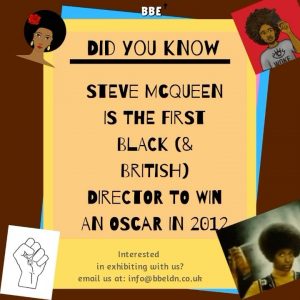
London born and bred director Steve McQueen was THE first Black (& British) director to win an Oscar for Best Film in 2012 for 12 Years a Slave. The critically acclaimed Trinidadian and Grenadian director was born and raised in Hanwell, West London and was encouraged to pursue a career in manual labour (much like a lot of children in the 80s) due to his dyslexia which made it difficult for him to do well in main stream subjects. Steve developed his love for film during university having studied at Goldsmith University but craved more spontaneity. Decades later and Steve has become one of the most respected directors in Hollywood with projects, series and movies coming out soon.
Steve is also to be working on a issues of race and immigrant legacy with Small Axe: a six-part, intensely personal BBC and Amazon series that has been forming in McQueen’s mind for at least five years. Starring John Boyega and Letitia Wright, it charts the West Indian immigrant experience in London from 1968 (and Enoch Powell’s ‘rivers of blood’ speech) to the early 1980s.
11, The notion of ‘Black owned’ businesses started during slavery (before Emancipation)
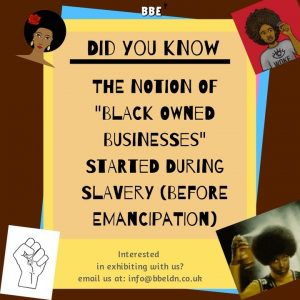
While we might think the term ‘Black owned business’ is a newly coined term but the notion of ‘Black owned’ originated in the Americas during slavery before the emancipation of 1863.
The Emancipation (abolishment of slavery) allowed freemen and women (freed slaves) to migrate from Southern America to Northern states (Chicago, New York, Washington etc). By the 1890s thousands of small businesses blossomed and the effects of Jim Crow (segregation of Black and White spaces) worked in the favour of Black community as it allowed Black business owners to flourish building a large enough support system supporting one another. Do you think segregation did better or worse for Black businesses?
12, A Black woman named Lisa Gelobter created the GIF

If you ever enjoyed an animated Gif on the web, then you have Lisa Gelobter to thank.
Lisa Gelobter Gelobter graduated with a computer science degree with a concentration in artificial intelligence and machine learning. Before creating the gif, Lisa worked as Chief Digital Service Officer with the US DoE and also served as the Interim Chief Digital Officer and the Vice President of Digital Products, Engineering and Operations for Black Entertainment Television Networks (BET) and as a senior member of the management team formed for the purpose of the launching of Hulu.
Lisa is a pioneer in the development of video on the internet by way of Brightcove, Joost, and The FeedRoom. Although graphics interchange format (GIF) or JIF is credited as being developed by a team of scientist at CompuServe which was led by Steve Wilhite, Gelobter laid the early groundwork for the program by developing the animation used to produce GIF images paving the way for internet animation.
13, The 3 way traffic light was invented by a Black man named Garret Morgan

Morgan is known as one of America’s most successful African-American inventors for creating the gas mask and the three-position traffic signal. Morgan didn’t even finish primary school and at the age of 14 moved to Cincinnati looking for a job. He lived there for four years and worked as a handyman of a rich white landowner.
Morgan developed a new invention in 1912. He called it Safety Hood, or better known as a Gas Mask. Morgan thought that this invention could be used by firemen who struggled with smoke inhalation. The Safety Hood would enable them to enter houses filled with smoke and to breathe freely without danger of suffocation. Morgan’s inventions is the traffic signal system. He came up with the idea after witnessing a terrible traffic accident between an automobile and a horse and carriage. He designed a T-shaped pole with three positions: Go, Stop, and All-Stop. He patented this invention in 1923 and sold it to General Electric for $40,000. Centuries later and his inventions are still widely used globally.



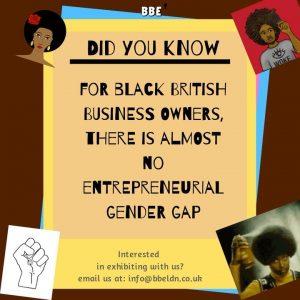

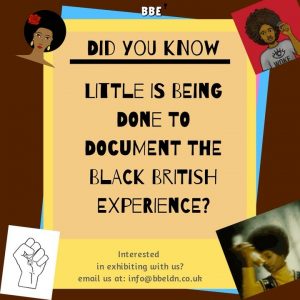
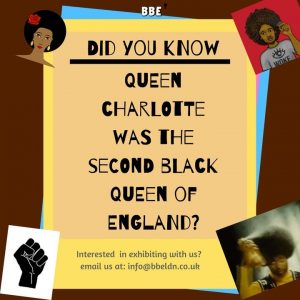








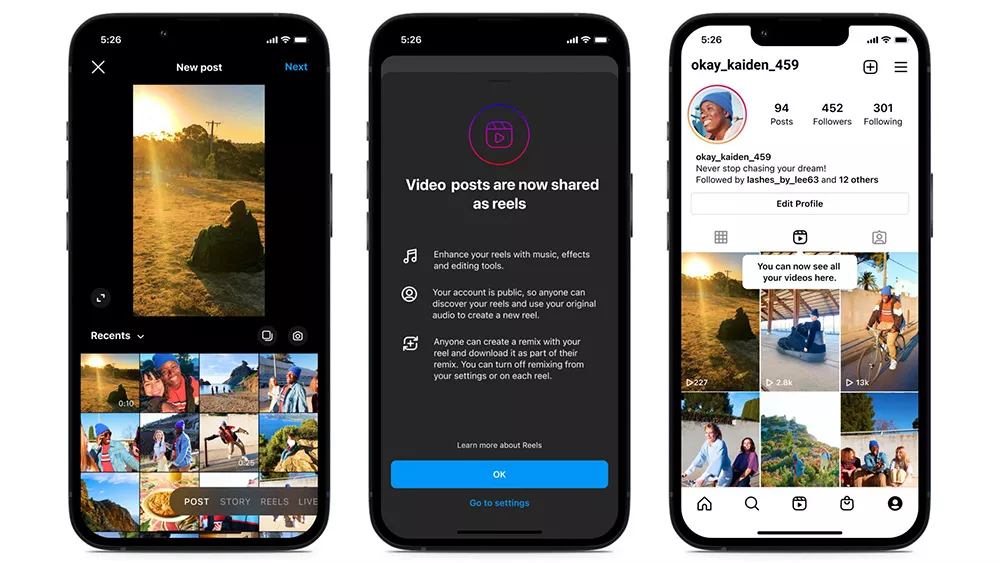







1 thought on “‘DID YOU KNOW?’ series. Celebrating the achievements and inventions created by Black people”